Connection vs. Codependency: Finding Balance in Love
Love is beautiful, messy, and transformative. But let’s be real: navigating relationships isn’t easy. Sometimes, the line between caring deeply and losing yourself in a consuming relationship gets blurry. That’s where healthy connection vs codependency comes into the picture. Finding the right balance is pivotal for yourself and your partner—but what does that actually look like in real life?
What Is Codependency, Really?
The word “codependency” gets thrown around a lot, but it’s more than just being overly attached to someone. Codependency, at its core, is the urge to connect your own emotional well-being to another person—and call it love. It might look like constantly trying to fix, please, or save your partner or feeling guilty just for having needs of your own. What might sound like love becomes a never-ending cycle of ups and downs that are dependent on how another person is feeling or acting. Sound familiar? If so, take a deep breath. Recognizing this pattern is the first step toward changing it.
Signs You Might Be Struggling with Codependency
If you’re curious about where you stand, here are some signs that codependency could be showing up in your relationship:
You feel responsible for your partner’s emotions or problems.
You have frequent compulsions to fix how your partner is acting or feeling.
You base your self-worth on how much you’re needed.
You avoid conflict to keep the peace even when something bothers you.
You have a hard time saying “no” or setting boundaries.
You’re exhausted from constantly giving but struggle to ask for support.
How To Find A Balance
So, how do we nurture ourselves while still loving our partner? It’s a tough balance to strike, especially if you grew up around codependent relationships or experienced an unhealthy dynamic early on in a romantic relationship. Breaking that cycle takes intentional effort, but it’s absolutely possible. Here’s how to get started:
Reflect on Your Past
Take some time to think about how your upbringing or past relationships might have shaped your view of love. Did you witness codependent dynamics growing up? Were you taught that love means sacrifice at all costs? Understanding where your patterns come from can help you take steps to choose different actions when responding to your partner.Set Healthy Boundaries
Boundaries aren’t about shutting people out—they’re about creating space for mutual respect. Start small by identifying one or two areas where you’ve been overextending yourself and practice saying “no.” Even if you feel uncomfortable initially when you say “no”, remind yourself that boundaries are essential to all healthy relationships.Connect to your Interests
It’s easy to lose yourself in a relationship, but it’s important to stay connected to who you are outside of it. Reconnect with hobbies, friendships, or goals that are just yours. Creating a strong sense of self and having a variety of social supports makes you a better partner.Communicate Openly with Your Partner.
Have honest conversations about each of your needs, fears, and intentions to grow together. A healthy relationship thrives on mutual understanding and support, not silence or resentment. Make sure to state what you want in the relationship rather than hoping your partner will “read between the lines” or figure it out on their own.Challenge Guilt and Shame.
If you’ve been in a pattern of codependency, you might feel guilty for giving attention to your emotional needs. You may experience shame for deciding to say “no” to a request. Remind yourself that self-care isn’t selfish—it’s necessary. When you are able to attend to your individual needs, it enhances and expands the love you can give to others.Seek Support if Needed.
Breaking cycles can be hard work, and you don’t have to do it alone. A therapist or counselor can help you unpack patterns, set goals, and navigate the road to healthier relationships. A therapist who uses an attachment-based lens when working with clients is a good fit for someone struggling with codependency issues.
Notice that all of the points listed above require you to take action. At the end of the day, love isn’t about sacrificing who you are to find intimacy with someone else. It’s about showing up as your whole self and creating a fulfilling relationship together. By cultivating confident connection, you strengthen your relationship with yourself and create a solid foundation for a deeper, more rewarding bond with your partner. So, here’s to loving with intention. Here’s to showing up for your partner in ways that feel balanced and collaborative. And here’s to creating a loving connection to yourself.
